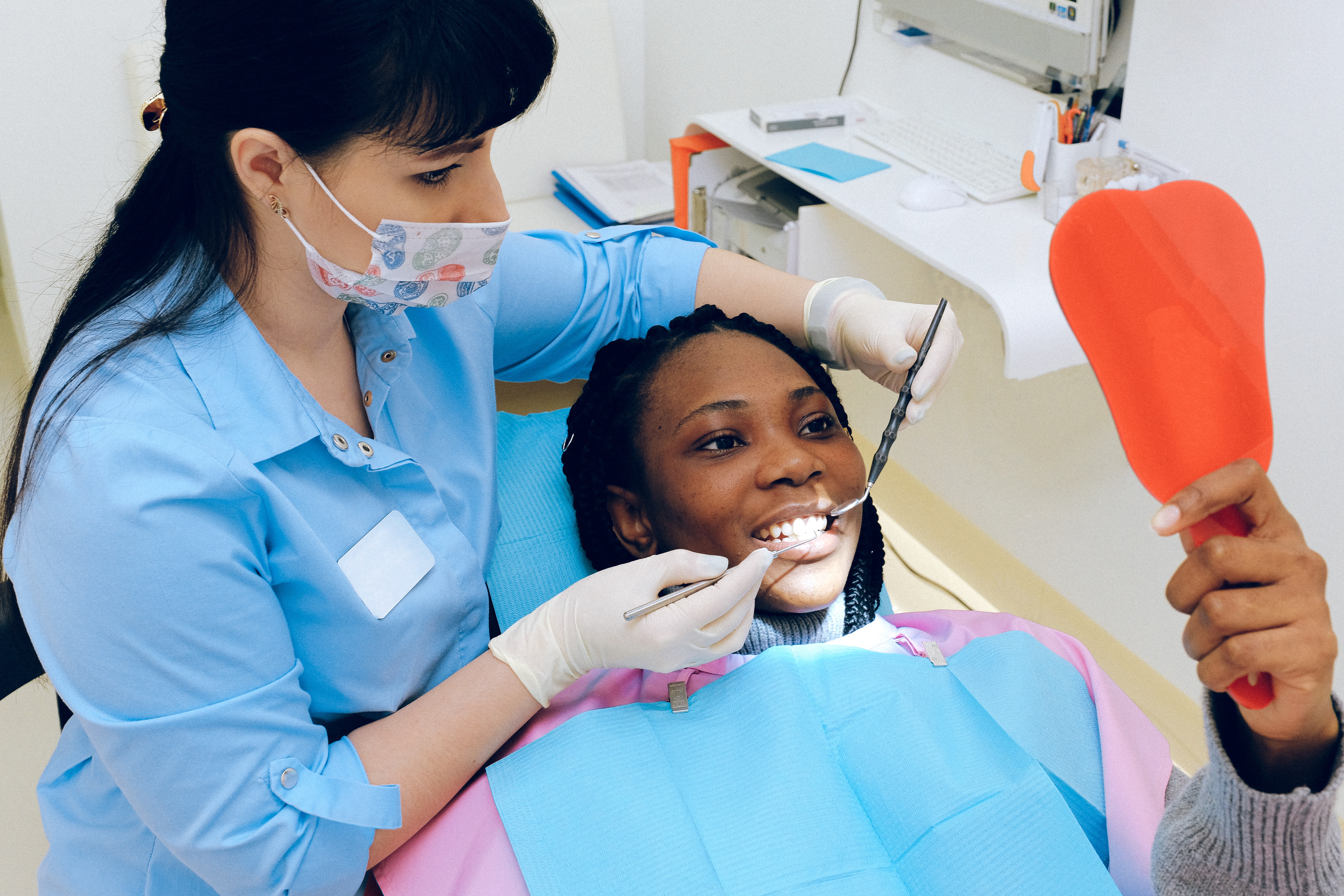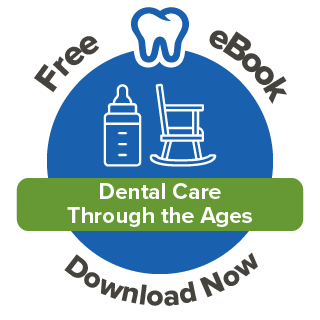By Tim Fitzgerald on Mar 1, 2021 @ 12:00 PM
Gum disease, also known as periodontal disease or periodontitis, is one of the most common oral health problems in the U.S., with 47% of American adults suffering from some form of gum disease. But gum disease doesn’t always mean run-of-the-mill gingivitis. There are five distinct stages of gum disease with varying severity and symptoms. Keep reading to learn more about each one and what to look out for.
Healthy Gums
Healthy gums are the baseline by which all stages of gum disease are measured. If your gums are healthy, they should be firm and pink with no signs of inflammation or redness. To keep your family’s gums healthy and ward off gum disease, be sure to keep up with your oral hygiene routine and make sure everyone is seeing your family dentist regularly!
Gingivitis
The mildest form of gum disease, gingivitis, is when bacteria begin to build up around your gums. It results in redness and inflammation and can lead to cavities. Depending on the severity of the gingivitis, your dentist may recommend treatment from more frequent cleanings, diet changes, and aggressive oral hygiene to more active treatments like a deep cleaning. The good news is that regardless of the treatment plan, gingivitis is easily reversible with proper care.
Early Periodontitis
Periodontitis starts when the gums recede and create “pockets” around the tooth. This collects more bacteria and food making it harder to brush and floss away. At this stage, the bones near the infection begin to weaken as well. Treatment for early periodontitis often consists of deep cleanings, aggressive oral hygiene routines, and potentially antibiotics.
Moderate Periodontitis
The second stage of periodontitis exhibits all the same symptoms as early periodontitis – just with more severity. Your gums will be inflamed and receding. You may also have noticeable discomfort in your mouth from the weakening and loss of the bone. Moderate periodontitis treatment is similar to the previous stage, but it may also mean more severe treatments like root planing.
Advanced Periodontitis
The final stage of periodontitis is not fun. The infection in your gums will have damaged most of the connective tissue and bones in your mouth to some extent. You will likely have severe pain when chewing, chronic bad breath, and tooth loss. Luckily, there are still treatment options available to restore your smile if you have tooth loss from the infection or need teeth extracted to treat the infection. Options can include bone grafting and dental implants. The implants function like regular teeth and are a standard restoration option after you and your dentist deal with the infection.
Gum disease is dangerous in all its stages and has a direct link to your overall health. But remember no matter what stage of periodontal disease you might be struggling with, there are treatment options to get your oral health back on track. If you go in for annual check-ups or regular cleanings your dentist may be able to catch the issues earlier. If you think you might have gum disease, consult with your dentist immediately – the sooner you get treatment, the easier it will be. If you're worried about the cost of dental treatment and seeing the dentist, it helps to have dental insurance that is affordable and easy to use.





comments